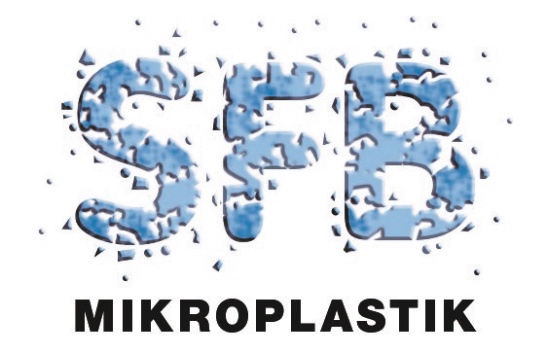News
New CRC 1357 publication: Mauel (2022) - Quantification of photooxidative defects in weathered microplastics using 13C multiCP NMR spectroscopy
20.06.2022

Congratulations to the teams C01, B01 and colleages: Anika Mauel; Björn Pötschner; Renée Siegel; Peter Strohriegl; Jürgen Senkeron their exciting new publication in the journal RSC Advances:
"Quantification of photooxidative defects in weathered microplastics using 13C multiCP NMR spectroscopy"
DOI: https://doi.org/10.1039/D2RA00470D
Abstract: Weathering of microplastics made of commodity plastics like polystyrene, polypropylene and polyethylene introduces polar polymer defects as a result of photooxidation and mechanical stress. Thus, hydrophobic microplastic particles gradually become hydrophilic, consisting of polar oligomers with a significant amount of oxygen-bearing functional groups. This turnover continuously changes interactions between microplastics and natural colloidal matter. To be able to develop a better understanding of this complex weathering process, quantification of the corresponding defect proportions is a first and essential step. Using polystyrene, 13C enriched at the α position to 23%, we demonstrate that 13C cross polarisation (CP) NMR spectroscopy allows for probing the typical alcohol, peroxo, keto and carboxyl defects. Even the discrimination between in- and end-chain ketones, carboxylic acids and esters as well as ketal functions was possible. Combined with multiCP excitation, defect proportions could be determined with excellent accuracy down to 0.1%. For materials with 13C in natural abundance, this accounts for a detection limit of roughly 1%. The best trade-off between measurement time and accuracy for the quantification of the defect intensities for multiCP excitation was obtained for CP block lengths shorter than 250 μs and total build-up times longer than 2 ms. Further measurement time reduction is possible by using multiCP excitation to calibrate intensities obtained from series of 13C CP MAS NMR spectra. As photooxidation is an important degradation mechanism for microplastics in the environment, we expect these parameters to be transferable for probing defect proportions of weathered microplastics in general.

